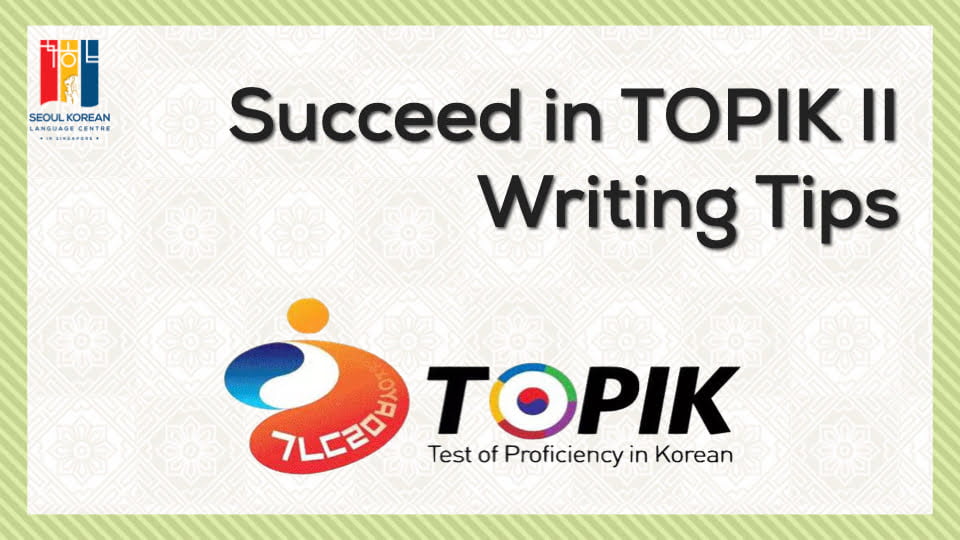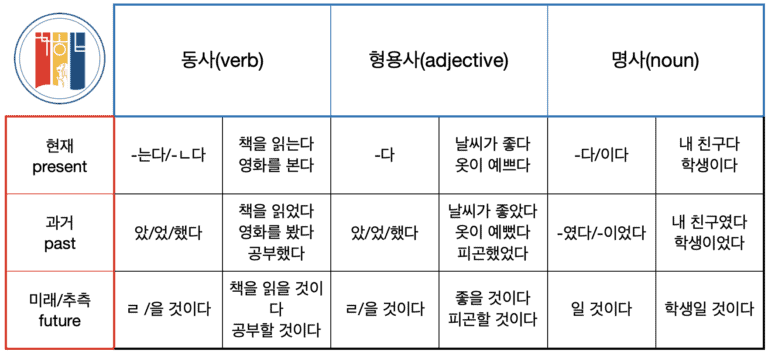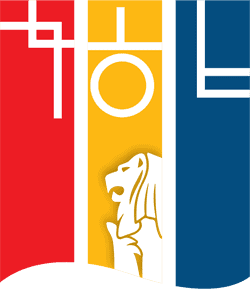
Expert TOPIK writing tips to succeed in TOPIK 2024
Hello and welcome to our comprehensive guide focused on the Test of Proficiency in Korean (TOPIK).
I am Teacher Song, the founder of Seoul Korean Language Centre Singapore. Among the diverse objectives for learning Korean, preparing for the TOPIK stands out as a significant milestone for many. Recognising this, I aim to leverage my extensive experience of over a decade to assist those of you who are specifically focused on excelling in the writing section of the TOPIK. With this guide, I intend to share valuable tips and strategies that can help you achieve a high score in the writing portion of the TOPIK, particularly for those targeting higher grades in TOPIK II. My hope is that the insights and strategies shared here will greatly aid in your TOPIK preparation, turning your focus sharply towards mastering the writing skills crucial for success in the exam.
Let’s start by understanding the format of TOPIK writing. When writing for the TOPIK, it is
essential to conclude sentences in written form. Koreans call it ‘기사체’ in Korean.
This written form (기사체) is significantly different from ‘아요/어요’ form used in conversation, so it’s important to pay close attention to it.
To master the written form, it is essential to distinguish whether a Korean word is a noun, an adjective, or a verb. After identifying the word, the next step is understanding how each is modified according to verbs, adjectives, and nouns. Let’s look at how to use the written form according to parts of speech.

I’ll start with nouns first.
A noun is a part of speech that identifies people, places, objects, concepts, or times and when a noun comes at the end of a sentence, the sentence is concluded with ‘-다’ or ‘-이다’ following the noun. followings are examples
When a noun has a final consonant:
오늘은 일요일이다. 이곳은 부산이다. 내 이름은 김민석이다.
When a noun doesn’t have a final consonant:
지금은 아침 한 시다. 이곳은 유명한 도시다. 내 이름은 이민우다.
The past tense is concluded in a different form. Here, we will only cover the present tense.
Next, we will cover the case of verbs
Verbs are words that describe an action or a state. To properly conjugate verbs in Korean, you need to identify the root of the verb. The ending consonant of the verb stem determines whether ‘ㄴ다’ or ‘는다’ is added to create written ending. For example,
When the root of a verb has a final consonant:
아침에 신문을 읽는다. 식사 전에 손을 씻는다. 수영장에서 수영복을 입는다.
When the root of a verb doesn’t have a final consonant:
아침에 학교에 간다. 학교에서 공부를 한다. 극장에서 영화를 본다.
Lastly, we will look at how adjectives are modified.
Adjectives describe the qualities or states of things. In the case of adjectives, the present tense remains the same as the basic form. It does not matter whether there is a final consonant, and this only applies to the present tense.
바다가 파랗다. 날씨가 흐리다. 영화가 재미있다.
I will now share a part of the worksheet at Seoul Korean Language Centre, intended to help beginners practice the written form. Subsequently, we will look into several terms that should be noted when using the written form. This concludes this section.

Read also an article about Understanding and Utilizing Formal Korean (문어체) for the TOPIK Test.


0 responses on "Succeed in TOPIK II: Expert Writing Tips from Seoul Korean Language Centre"